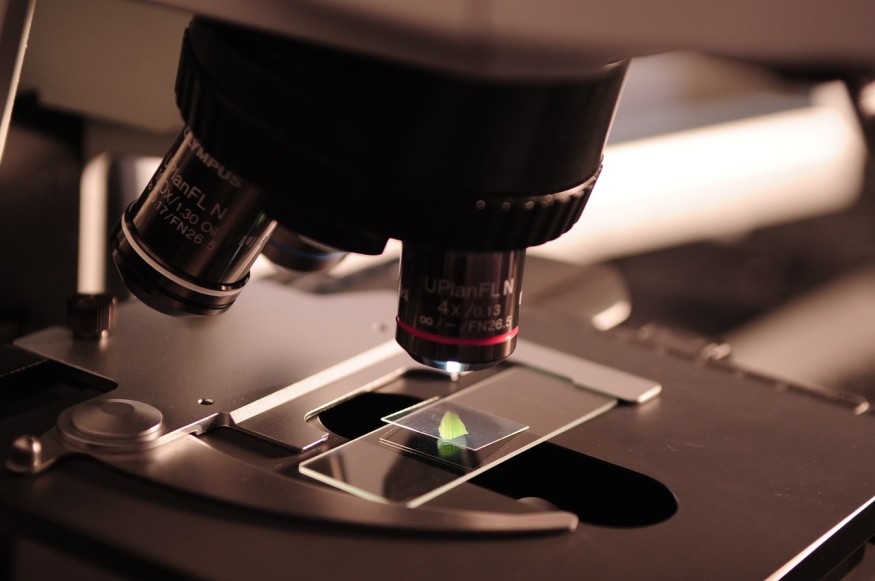Understanding biomolecules is essential to scientific research, such as developing treatments and vaccines. Biomolecules are found in living creatures such as humans. They are one of the smallest biological building blocks of our system.
Biomolecules are categorized in various structures. Studies involving these materials require powerful tools that allow scientists to examine them in their true form. However, much research is delayed or gains limited information due to the challenging part of analyzing these small structures.
Sweden's Chalmers University of Technology recently presented a model that could provide a convenient and efficient way to observe the particles in each of their natural states.
Chalmers Assemble New Microscopy Approach

Time, effort, and fundings are all foundations of an idea to push through and become investigated in facilities. Because of the need to overcome these obstacles first, scientific solutions such as novel treatments and vaccines are not developed quickly and sometimes result in a surge of unwanted problems.
In recent years, advancements in medical biology are becoming more crucial than ever. For example, pharmaceutical experts would not know what we could do to combat SARS-CoV-2 if we had not been able to collect data on various lethal coronaviruses that appeared in the past.
Studies also focus on modifying and understanding proteins to treat prevalent health issues such as gut diseases, obesity, and even dementia.
A novel microscopy approach developed by Chalmers scholars offers an easy-to-use model that could examine biomolecular materials in their early stages and even the real-time interaction between them and other nanoparticles.
Chalmers' Department of Physics specialist and lead author of the study Christoph Langhammer explained in a press release that the model they assembled provides an accurate method of observation over molecules and properties that are not available in present technologies available in labs today.
ALSO READ : Nanomaterial-Based Devices Potential for Reducing Cardiovascular Diseases and Even Death
Nanochannels: Future of Biomolecular and Nanoparticle Observations
The device could be utilized to see biomolecules and even nanoparticles as it is without the need for initial screenings, contributing experiments, and other methods needed to identify what the specimens are, Langhammer continued.
The study was made possible through the collaborative efforts of the University of Gothenburg.
The tool applies the selected biomolecules and nanoparticles into the nano-scaled tubes attached to a chip. Experts called this platform nanochannels.
After the specimens are injected into the tubes, a specialized fluid will be added for lighting effects. Through the combination of the molecules, the fluid, and the light, scientists will easily see the figure of the particle by simply looking at the screen linked to the nanochannel dish, reports PhysOrg.
Through this nanotechnology, laboratory investigations could get ahold of the data from biomolecule and nanoparticle specimens, including their size, shape, and mass, using a single device.
The study was published in Nature Methods, titled "Label-free nanofluidic scattering microscopy of size and mass of single diffusing molecules and nanoparticles."
RELATED ARTICLE : Easy Pesticide Detection Possible Through New Nanosensor Than Scans Fruit in Just Minutes
Check out more news and information on Nanotechnology in Science Times.












